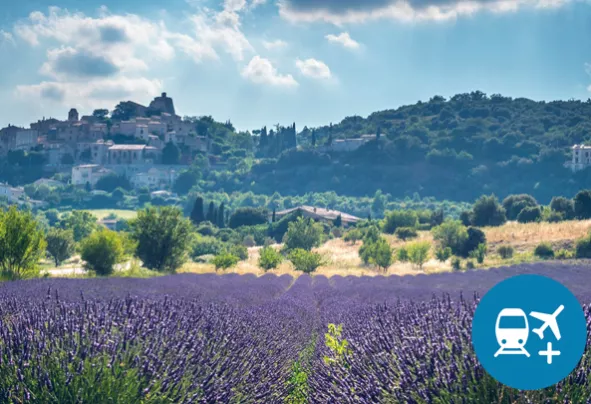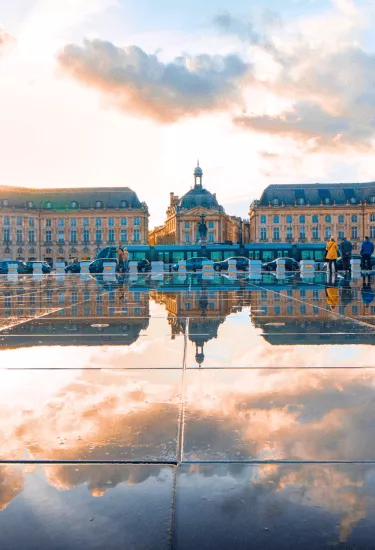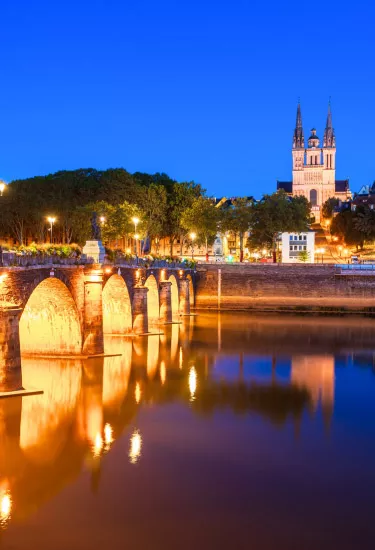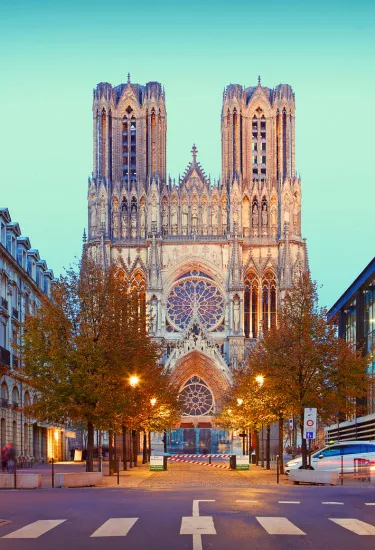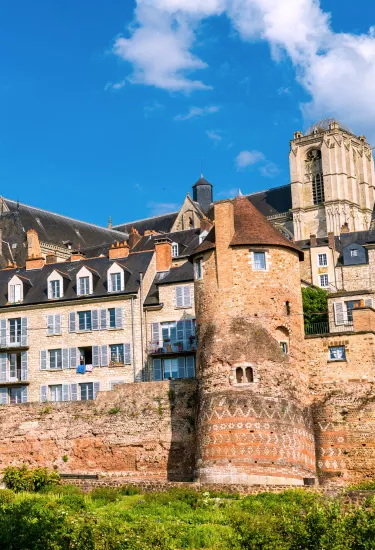- Add a Stopover to your journey
- Combine all your travel wishes in a single reservation
- Book multiple flights without too much effort!
Book and travel with peace of mind
Our best offers Seize your tickets at the lowest fare
* Lowest fare available, including taxes, for an adult one-way ticket in BEE LIGHT fare, subject to availability. Non-refundable and exchangeable subject to conditions, without checked baggage or meals. Fare subject to variation due to changes in taxes and/or conversion rates.
Discover a new travel experience

Fleet
enjoy our next generation aircraft

Low fares
with high standards

Services
à la carte, you're worth it

WI-FI
available on board all aircraft
Our tailored economy fares Travel "à la carte"
Travelling with us All you need to know
A la carte menu
Make the most of your time in the air with our delicious pre-order meals. Discover our à la carte menu and order the one created by a double Michelin-starred chef; the choice is yours!
Read moreIn-flight entertainment : movies, Wi-Fi
There’s so much to try that your flight won’t seem long enough : in-flight iZiWifi with discounted or unlimited plans, the latest movies, classic cinema, and unmissable series!
Read moreOn board services
A little shopping with the French BLuetique, a cup of coffee with our Blue Café, no, you're not dreaming, you’re flying. Discover our selection of products.
Read moreBaggages
In the cabin or in the hold? Liquid or no liquid? Find out everything there is to know to prepare your baggage and avoid unpleasant surprises at the airport.
Read more"Bee on time" - Deadlines
There’s no point in running : you have to leave on time. All the steps to follow and the check-in and boarding deadlines to keep in mind to board your flight stress-free.
Read moreTravel Conditions
From check-in to boarding, we are committed on making you travel in total safety and serenity. Check now the requirements for your trip.
Read more
Ajusted services to pay the right price
How can we help you?
Recent topics
You can modify your travel dates online by going to the Manage my booking section and clicking on "Change flights". Given the context, we do not apply any modification fees but a fare readjustment may apply according to the new dates selected.
The change conditions of your reservation depend on the fare conditions of your ticket. You can review and/or change your reservation in “Manage my booking". The change request must be made before the initial departure date.
The check-in closes 1h30 before departure and the boarding closes 30 minutes before departure. At Paris Orly, you can arrive 3 and 4 hours before your departure in case of a busy airport.
In light of the pandemic, entry requirements can change frequently. We recommend that you stay informed by consulting official websites. You can also check out our special page on entry requirements to learn more about the conditions for your destination.
On the payment page click on the button Apply a voucher or git card, select Voucher, enter your travel voucher number (starting with 396-) and complete your booking.





